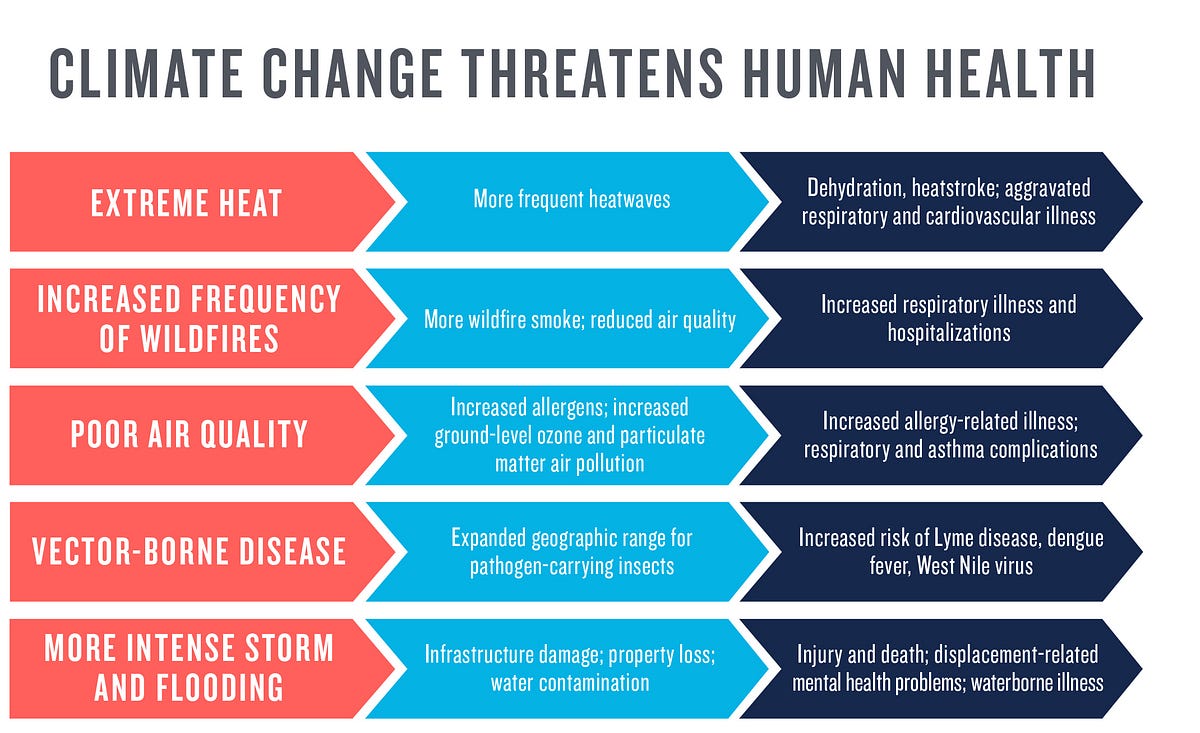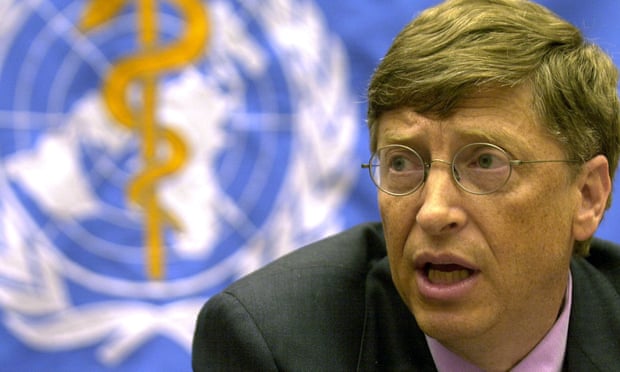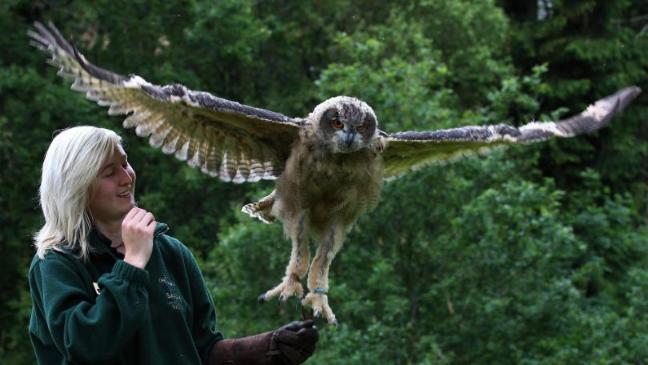Monday 21st December 2015
Almost all private sector staff will get a 2% pay increase next year according
To Mercer consultants


Almost all private sector staff, no matter where they work, can expect a salary increase of just over 2% next year, according to a major report published this morning.
The findings from consultants Mercer signal that after the long years of contraction and recession, pay increases are definitely back on the agenda.
Mercer said that surveyed 135 firms and almost all — 97% of the sample — have budgeted to pay out salary increases in 2016.
Workers can expect an average pay rise of 2.2% across most pay grades, and pay in the construction industry, which was particularly battered during the deep recession, is increasing too.
The average pay increases mask a wide range of pay increases which could in time open up big pay differentials for employees, depending on the profitability and growth prospects of their employers.
The survey found that the big winners are likely to be staff working for firms in life-science, high-tech and some non-banking service industries, who may strike pay increases of between 2.4% and 2.8%.
Possibly reflecting longer working hours and a pick-up in retail sales, retail and warehousing firms have “budgeted” for salary increases of 2.4%.
With salary increases of 2%, people working in the energy, consumer goods and manufacturing may fare less well.
Banking and financial services firms have budgeted to pay a 1.9% increase next year.
Noel O’Connor, a consultant at Mercer, said that the fall in unemployment was helping to push up pay.
“After a number of years of consolidation in the jobs market, we are beginning to see more activity as employees are increasingly tempted by new opportunities.
“The competition for talent seems to be particularly aggressive in the high-tech, life science and construction industries.”
CSO figures for average earnings and labour costs published late last month suggest pay may already be rising — but probably from a low base.
Average weekly earnings across many employment sectors rose in the third quarter 2.7% from a year earlier.
The CSO reported average weekly earnings increased in 11 of the 13 main sectors in the year with the largest earnings increases posted in the administrative and support services area, where weekly earnings rose 7.6%.
Over five years, average weekly earnings had fallen 10.6% in human health and social work, and had risen by almost 10% in administrative and support services.
Mr O’Connor said staff will likely also seek other non-income incentives to stay with an individual employer.
Unemployment has fallen sharply from its peak of over 15% in early 2012, but remains high.
The CSO said 191,700 people, 8.9% of the labour force, didn’t have jobs in November.
There are also many thousands of people on training courses who do not count toward the unemployment total.
In Britain, workers’ pay grew at a slower than expected pace in the three months to October, figures published last week by its Office for National Statistics showed.
Regular earnings of British workers — excluding bonuses — rose by 2% in the three months to October, its slowest since the three months to February.
PTSB to offer loans and overdrafts to small businesses
Move marks entry into new market as it seeks to diversify income stream



PTSB chief executive Jeremy Masding said its aim was to offer “simple banking solutions” to small business owners.
Permanent TSB has launched a new offering targeted at small businesses with fewer than 50 employees and turnover of less than €10 million.
It marks the entry of the bank into the owner-managed small business market, a move that is aimed at diversifying its income stream away from personal lending and residential mortgages.
And it is the first suite of business banking products launched by PTSB since the financial crisis blew up in 2008.
The business products include overdrafts, loans and mortgages. Overdrafts will attract an interest rate of 8 per cent, loans will be available at 6.5 per cent and mortgages at 4.5 per cent.
PTSB has also launched a Visa business debit card for SME customers and an enhanced BUSINESS24 internet banking service, which will be available from the New Year. Killian O’Flynn has been appointed as head of business banking.
The services were launched today by the Minister for Finance Michael Noonanat its new branch and business centre on O’Connell Street in Limerick.
PTSB chief executive Jeremy Masding said its aim was to offer “simple banking solutions” to small business owners. “We now offer competitively-priced overdrafts and loans, specifically focused on small businesses, and our intention is to expand on these in the coming months,” he said, adding that advisers would be available in each of its 77 branches, supported by SME business managers and a central SME banking team .
Mr Noonan welcomed PTSB’s decision to expand its product range to support small businesses. “With the addition of Permanent TSB as a new lender to this sector, I welcome the benefits that increased banking competition will offer SMEs throughout Ireland,” he said.
PTSB is spending €1.7 million to reconfigure its Limerick branches, including a second new outlet in Castletroy.
New Cross-Border Garda/PSNI task-force will investigate organised crime
Body will tackle tobacco smuggling, fuel laundering, fraud, cyber crime, human trafficking
The Minister for Justice Frances Fitzgerald said issues of tobacco smuggling, fuel laundering, fraud, cyber crime and human trafficking will be dealt with in a more focused way by a new cross-Border taskforce.
A new cross-Border taskforce is to be established to investigate organised crime on both sides of the Border, including paramilitarism.
The new body will be funded by Governments in Dublin and Belfast and will be led by senior officials within An Garda Síochána and the Police Service of Northern Ireland.
Minister for Justice Frances Fitzgerald said issues of tobacco smuggling, fuel laundering, fraud, cyber crime and human trafficking will be dealt with in a more focused way by the taskforce.
She said: “This arises from the Fresh Start agreement. This is a particular initiative to tackle cross-Border crime.
‘Criminals don’t respect borders’
“We know criminals don’t respect the borders, whether we are talking about in Ireland or internationally, and it is to deal effectively with the disruption to communities.”
The taskforce will work with the Revenue Commissioners and HM Revenue and Customs and will seek to end the exploitation of the borders between the two jurisdictions.
First Minister Peter Robinson said the taskforce will begin its work next month.
He said criminal gangs have used the Border for their benefit, adding that the taskforce would assist in ending paramilitarism.
Deputy First Minister Martin McGuinness said the activities of those who attempt to “plunge us back into the past need to be confronted”.
He said: “Criminality is a scourge on our communities, North and South, and we must be both united and relentless in our pursuit of these criminals.
“This Joint Agency Task Force provides renewed energy, focus and additional mechanisms for us to work collectively for the greater good of people across the island of Ireland.”
SuperValu retains Irish grocery market share top spot
Dunnes closes gap on Tesco as Lidl continues to enjoy growth


Supervalu has 24.7% of the market compared to the 24.1% which Tesco has. Dunnes Stores has 23.8%.
Tesco is now just 0.3 per cent ahead of Dunnes Stores in the Republic’s grocery share wars and the retailer that once had a commanding lead of more than 5 per cent is now dangerously close to slipping into third place.
The latest supermarket share figures from Kantar Worldpanel show that SuperValu will be Ireland’s largest grocery retailer when Christmas Day dawns although less than 1 per cent now separates first and third.
Supervalu has 24.7% of the market compared to the 24.1% which Tesco has. Dunnes Stores has 23.8 per cent.
“It hasn’t all been plain sailing for SuperValu – over the past six months the retailer has seen falling shopper numbers, but in the past 12 weeks it has managed to get that issue under control,” said David Berry, director at Kantar Worldpanel .
“This has allowed SuperValu to strengthen its position at the top, posting impressive sales growth of 3.7% and increasing its share of the grocery market to 24.7% Alongside a strong performance in its traditional heartland – fruit and vegetables – the grocer also posted excellent sales in confectionery, crisps and snacks and soft drinks during the past quarter.
He said that while value sales may have dipped in Tesco there has been growth in the number of items shoppers are picking up on each trip. “The reduction in value sales is linked to the fact that these items are at a lower price point than last year, leading to a dip in the retailer’s value share of the grocery market.”
Dunnes’ sales continue to grow, with an increase of 3.6% this period to cap off a strong year – the retailer has seen non-stop sales growth for the whole of 2015 and has continually managed to encourage shoppers to spend more per trip, with its Shop and Save campaign helping to create a more loyal customer base and increase its market share to 23.8%.
Elsewhere, Lidl continues to post the strongest growth with sales increasing by 10.6% as 37,000 more shoppers visited the retailer compared with the same time last year.
Dublin has proved a particularly strong region for Lidl, with shopper numbers in the nation’s capital increasing by 10% this quarter. Aldi’s performance remains ahead of the overall market, with sales growth of 2.6% and market share holding at 8.4%.
“While the big Christmas shop has yet to take place there are signs that shoppers may have begun their preparations for the festive season earlier this year,” Mr Berry said.
“Confectionery, crisps and snacks have all seen double digit growth in shopper spend when compared with last year, helping to increase overall grocery sales by 2.5%. Such strong growth is an early indicator that Ireland’s retailers could be in for a bumper Christmas, and we’re sure to see grocers competing eagerly for the biggest slice of festive sales.”
Secret of why birds never grey revealed raising prospect of clothes that never fade
Scientists have disclosed for the first time why birds’ plumage never fades leading to hopes that ‘fade-proof’ clothes could be on the horizon



A jay (Left) with not even a hint of grey.
Scientists have discovered why birds never go grey – and the secrets of how our feathered friends fine-tune their plumage could be used to prevent our clothes fading in the wash.
New research has revealed birds use sophisticated changes to the structure of their feathers to create a multi-coloured appearance.
The discovery by Sheffield University could now pave the way for the creation of paints and clothing colours that retain their colour over time.
Examination of the blue and white feathers of the Jay showed rather than dyes and pigments that fade, the birds use well-controlled changes to the nanostructure to create their vividly coloured feathers.
The Jay is able to pattern these different colours along an individual feather barb – the equivalent of having many different colours along a single human hair.
“If nature can assemble this material ‘on the wing’, then we should be able to do it synthetically too.”
The Jay’s feather, which goes from ultra violet in colour through to blue and into white, is made of exactly the same kind of material as human hair and fingernails.
The researchers found that the Jay is able to demonstrate amazing control over the sponge-like structure, which determines the colour when exposed to light.
A flock of goldfinches, with their colourful plumage, will lighten up any garden Photo: ALAMY
So birds never go grey as they age – unlike humans whose hair is coloured by pigments, which is not produced in the same quantities as we grow older.
If the colours were formed using pigments created from the bird’s diet, the feather colour would fade over time.
Dr Andrew Parnell, from Sheffield’s Department of Physics and Astronomy said: “If nature can assemble this material ‘on the wing’, then we should be able to do it synthetically too.
“This discovery means that in the future, we could create long-lasting coloured coatings and materials synthetically.
“Now we’ve learnt how nature accomplishes it, we can start to develop new materials such as clothes or paints using these Nanostructuring approaches.”
“By adjusting the size and density of the holes in the spongy like structure – that determines what colour is reflected.
“Current technology cannot make colour with this level of control and precision – we still use dyes and pigments.
“Now we’ve learnt how nature accomplishes it, we can start to develop new materials such as clothes or paints using these Nanostructuring approaches.
“It would potentially mean that if we created a red jumper using this method, it would retain its colour and never fade in the wash.”
The research was carried out in France and also used feathers selected from the extensive collection at the Natural History Museum in London.
The findings are being published in Nature Scientific Reports.
Researcher Dr Daragh McLoughlin of AkzoNobel, which makes Dulux paint, added: “This exciting new insight may help us to find new ways of making paints that stay brighter and fresher-looking for longer, while also having a lower carbon footprint.”























































































 Weight loss
Weight loss Quit smoking now
Quit smoking now Sticking to a sport
Sticking to a sport And finally, get a life.
And finally, get a life. Sort finances
Sort finances









